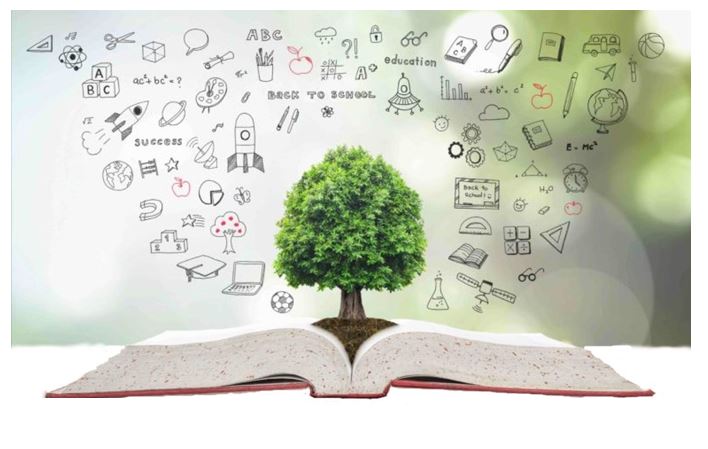
It is no secret that technology has profoundly impacted virtually every aspect of our lives. The educational system is no exception. Technology has had a largely positive influence on education, making it possible to learn in new and innovative ways. In this article, Matthew Muller will explore how technology has changed education for the better.
Technology Shown to Improve Test Scores and Engagement Among Students
One of the most obvious benefits of technology in the classroom is that it has been shown to improve test scores and engagement among students. A study by the Joan Ganz Cooney Center found that “second-graders who used iPads for eight weeks scored about 22% higher on standardized math tests than their peers who did not use the devices.”
In addition, a survey conducted by PBS showed that “74 percent of teachers said digital tools have increased student engagement in class, while 70 percent said they helped students learn more effectively.”
This is likely since technology can help keep students engaged and interested in learning, says Matthew Muller. With so much information at our fingertips, it is easy for students to become bored or distracted in a traditional classroom setting. However, it is more likely to hold their attention when technology delivers lessons.
Technology Can Help Teachers Become More Efficient
Another major benefit of technology in education is that it can help teachers become more efficient. For example, grading can be done quickly and easily using online tools. In addition, teachers in New Orleans, Louisiana, can communicate with parents more effectively by sending out updates and report cards through email or online portals.
This saves the teacher time and allows parents to better understand their child’s progress in school. Additionally, parents and teachers can communicate more easily and resolve issues faster with problems or questions. They can access information about grades, assignments, and tests anytime, from anywhere.
One of the great things about technology is that resources and tools are available for students of all ages. For example, websites like Khan Academy offer instructional videos on a wide variety of subjects for students in grades K-12.
In addition, there are countless online resources available to help students learn at their own pace. If a student is struggling with a particular subject, they can find an online tutorial or course to help them catch up. Matthew Muller says this makes it easier for students to catch up if they fall behind in class or explore topics that interest them outside of the classroom curriculum.
This makes it possible for students to learn in a way that is best suited for them. They can take their time with difficult subjects and move faster through topics they are already familiar with.
Students Can Connect With Other Students From Around the World
Another benefit of technology in education is that students can connect with other students worldwide. This allows them to exchange ideas and learn about different cultures and lifestyles.
For example, websites like Skype allow students to have video conversations with other students from around the globe. In this way, they can learn about others’ experiences and ask questions that they may not feel comfortable asking in person.
For example, social media platforms like Facebook and Twitter allow for easy communication between students all over the globe, says Matthew Muller. This can help dispel myths and stereotypes that students may have about other cultures. It also allows them to form friendships with people they may never have had the opportunity to meet.
Technology Can Help Engage Students Who May Not Be Interested in Traditional Learning
Lastly, it is worth noting that technology can help engage students who may not be interested in traditional learning methods. For instance, many video games incorporate educational elements into their gameplay.
In addition, there are now several virtual reality headsets available that allow users to explore different parts of the world without leaving their homes. Thus, it is clear that technology has had a positive impact on education and will continue to do so in the future.
Technology has had a major impact on education, and it is not going anywhere. According to Matthew Muller, schools continue to integrate technology into the curriculum, making lessons more interactive for students of all ages. Teachers find that they can become more efficient in grading their work and communicating with parents when they use online resources like Google Classroom or Padlet.
Students who may be struggling with traditional learning methods such as reading textbooks find that using computers, tablets, smartphones, and other devices helps them learn at their own pace because self-paced programs allow them to move forward based on mastery instead of relying solely on time spent in class.
With so much available information just a few clicks away – whether through an app or website – there’s no excuse for anyone not being able to find what they need to succeed in their education. So the next time you think that technology has harmed society, remember all of the good that it has done for education. It’s not going anywhere, so let’s embrace it!

